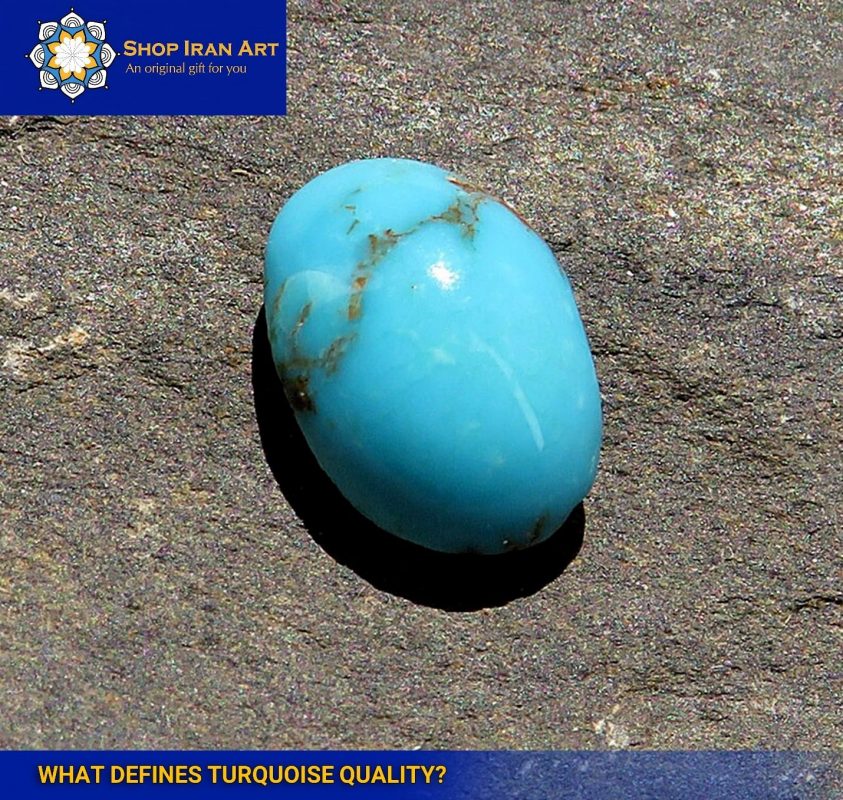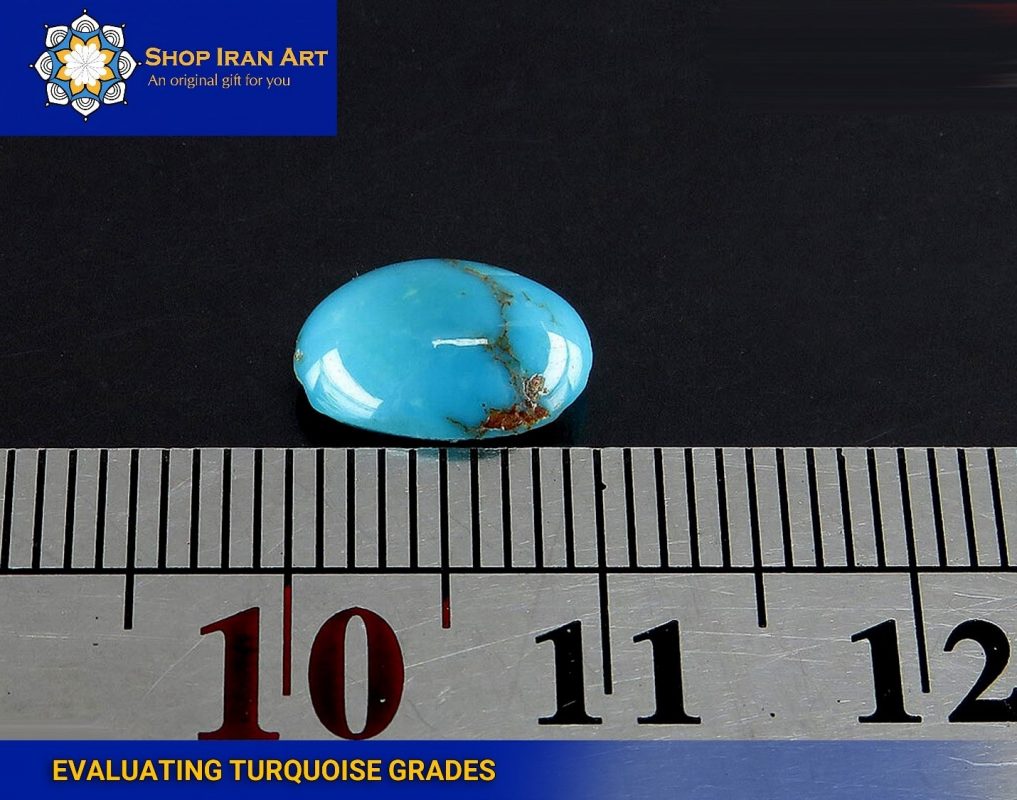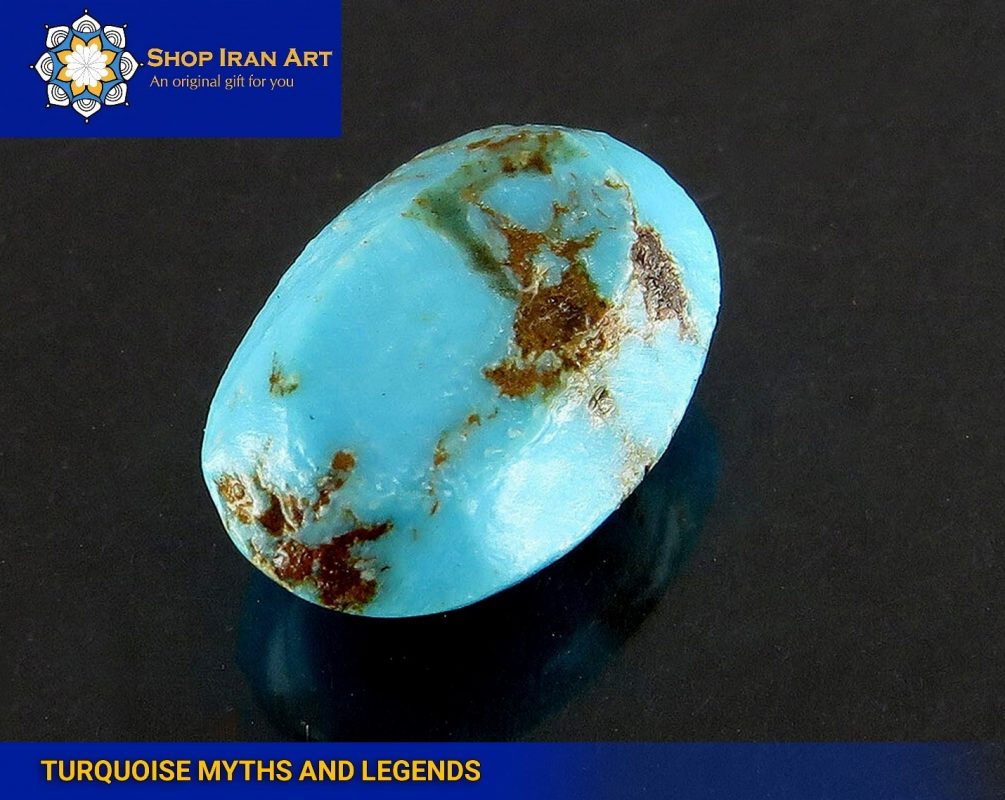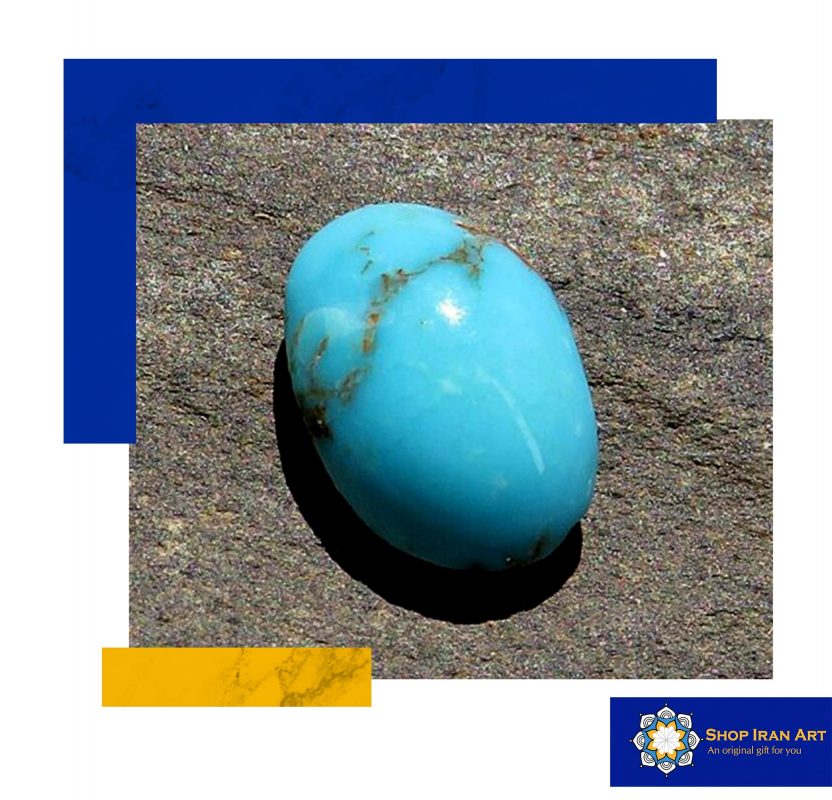Sin categorizar
What Is the Highest Quality Turquois
What is the Highest Quality Turquoise?
Turquoise, a mesmerizing gemstone renowned for its enchanting blue-green hue and rich cultural heritage, has captivated hearts for countless generations. Yet, amidst the vast array of turquoise specimens, it is crucial to discern that not all stones are crafted equally. Within the following passages, we shall explore these defining features, unveiling the secrets that render the highest quality turquoise so immensely desirable.
First and foremost, turquoise’s color is a significant indicator of its quality. The finest specimens exhibit an enchanting spectrum of blue tones, ranging from a delicate pale blue reminiscent of a sun-kissed sky to an intense, vibrant hue that evokes the deepest corners of the ocean. These select colors derive from a combination of copper and aluminum, with traces of iron and other minerals embedded within the turquoise.
What Defines Turquoise Quality?
When establishing the quality of turquoise, a variety of crucial parameters must be considered. These aspects impact the value and appeal of the stone, making them critical for buyers and enthusiasts interested in purchasing high-quality turquoise.

One of the primary determinants of turquoise quality is its color. The most prized turquoise often displays a rich, intense coloration evenly distributed throughout the stone.
Color: The Vital Attribute
The color of turquoise is perhaps its most important attribute. High-quality turquoise exhibits a vivid, vibrant blue or green color, often called “Robin’s egg blue.” The intensity, saturation, and evenness of color greatly influence its value. The presence of secondary hues, such as brown or grey undertones, can lower the desirability of the stone.
Matrix: The Characteristic Patterns
The term matrix alludes to the host rocks’ alluring web-like pattern that smoothly meanders around the turquoise gemstone, adding to its attractiveness.
Intricate designs reminiscent of delicate spiderwebs or the gentle ripples of water create an aura of elegance and sophistication within the turquoise.
Hardness: Durability Matters
The hardness of turquoise is an essential consideration, as it determines its ability to withstand everyday wear. The highest quality turquoise is moderately complex, ranking between 5 and 7 on the Mohs scale. This hardness ensures durability while still allowing the stone to be shaped and crafted into various forms without excessive risk of damage.
Sources of High-Quality Turquoise
High-quality turquoise can be found in several regions worldwide, with each location offering unique characteristics. Some of the most renowned sources include mines in the Southwest United States, particularly Arizona and Nevada, and regions in Iran, Egypt, Mexico, and China. The geographic origin often influences the specific color and matrix patterns found in the turquoise.
Evaluating Turquoise Grades
These factors include the color, matrix, hardness, and source of the gemstone. Pure blue is highly desirable, and turquoise with a hint of green is also highly regarded.

Which turquoise is best
Another aspect that experts consider is the matrix of the turquoise. The matrix refers to the host rock or mineral material surrounding and sometimes permeating the turquoise. The presence of an attractive matrix can enhance the visual appeal of the gemstone. The matrix patterns range from delicate spiderweb-like formations to bold veins and intricate designs. A well-defined and aesthetically pleasing matrix adds character and uniqueness to turquoise, making it more desirable.
Caring for High-Quality Turquoise
Properly caring for high-quality turquoise is paramount to preserving its beauty and longevity.
Handle with care
Turquoise is relatively soft and can be easily scratched or chipped. When handling turquoise jewelry, it is recommended to be gentle and avoid rough contact with hard surfaces or sharp objects. By treating your turquoise pieces with care, you can prevent unnecessary damage and preserve their flawless appearance.
Shield from chemicals
Turquoise is highly sensitive to certain chemicals, which can cause discoloration or surface damage. To protect your turquoise jewelry, it is crucial to avoid exposing it to household cleaning agents, perfumes, hairsprays, and other chemical substances. These can penetrate the gemstone and alter its color or cause irreversible harm.
Popular Uses of Top-Grade Turquoise
High-quality turquoise possesses a captivating allure that has made it a highly coveted gemstone in various cultures across the globe. Bracelets featuring turquoise accents can add a pop of color and a sense of whimsy to any ensemble.
Investing in High-Quality Turquoise
Its intrinsic beauty and unique properties make it a beautiful gemstone sought after by collectors and enthusiasts. One of the factors that contribute to the value of turquoise is its rarity.
Collectors and enthusiasts are particularly drawn to these unique characteristics, as they add to each turquoise gemstone’s overall aesthetic appeal and individuality.
Turquoise Myths and Legends
Turquoise has a rich history steeped in myths and legends. Many ancient civilizations believed in its protective and healing properties. It was thought to bring good fortune, ward off evil spirits, and promote well-being. Exploring the myths and cultural significance surrounding turquoise adds depth to the appreciation of this remarkable gemstone.

best quality turquoise
Shop Iran Art offers a diverse collection of Turquoise artworks that showcase Iran’s rich cultural heritage and artistic traditions. From stunning Persian carpets to intricately handcrafted pottery, their curated selection allows art enthusiasts to explore and appreciate the beauty of Iranian craftsmanship.
Conclusion
In conclusion, several vital characteristics set it apart when evaluating the highest quality turquoise and make it truly remarkable. The vibrant color of top-grade turquoise is nothing short of mesmerizing, with hues ranging from stunning sky blues to deep and rich greens.
Can turquoise change color over time?
Turquoise is a durable gemstone, but prolonged exposure to sunlight and certain chemicals can cause color changes or fade.
Are all turquoise stones with a matrix of high quality?
While the presence of a matrix can enhance the character of turquoise, the quality of the matrix itself can vary. Fine-grained and intricate matrix patterns are generally preferred.
What are matrix patterns in turquoise?
Matrix patterns in turquoise refer to the natural designs created by the presence of other minerals and materials during its formation.




